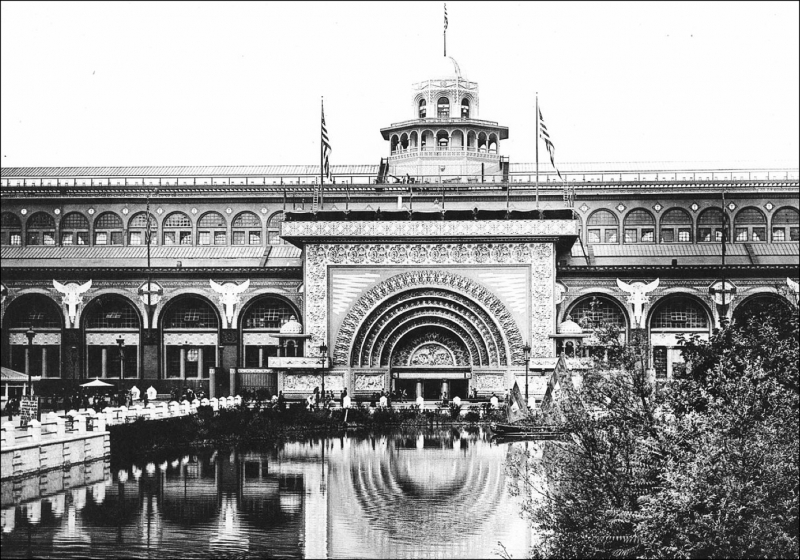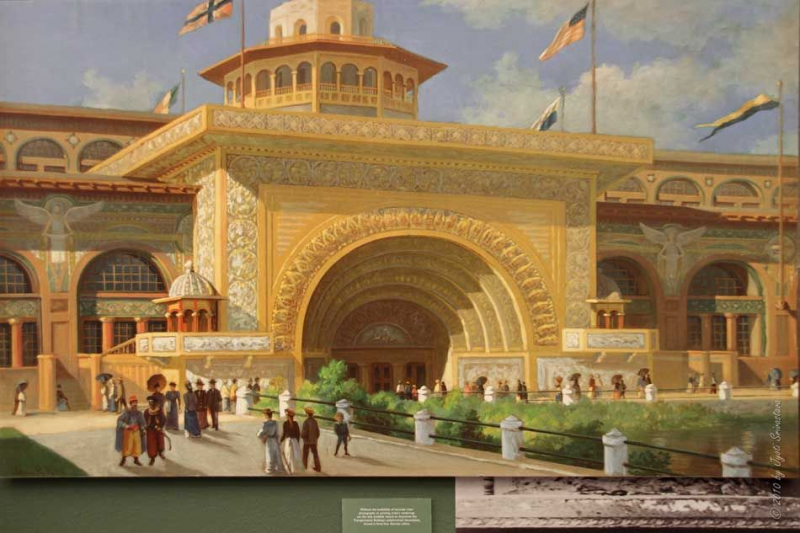He and Adler build the Transportation Building to vocal about their displeasure
Louis Sullivan was very disappointed in the Chicago-based 1893 Columbian Exposition. Instead of using inventiveness to build a worldwide fair, a loose adaptation of Classical architecture was chosen. Public response to the spectacle of these all-white skyscrapers was overwhelmingly positive.
The Transportation Building, which stood out and was painted in a variety of bold colors as though in protest, was Adler and Sullivan's contribution. It was a lengthy, low-arched structure with a huge, multicolored archway entryway (the so-called Golden Door). The fair's neo-Roman splendor did not win over all of the attendees. Delegate André Bouilhet, who represented a union for decorative artists in Paris, lauded the Transportation Building's creativity. Additionally, he organized a modest exhibition of Sullivan's work in Paris, which featured a plaster replica of the Golden Door and some images of his higher structures. Later, the display traveled to Finland and Russia.
This European acknowledgment did not, however, lessen Sullivan's resentment. The progressive architecture that he saw emerging in the Midwest, in his opinion, was being rejected by the Exposition. The harm caused by the World's Fair, he observed, "will persist for at least 50 years after its opening. It has deeply ingrained itself into the structure of the American mind." Sullivan's narrative of his career and architectural views, Autobiography of an Idea (1924), concluded with this incident.












